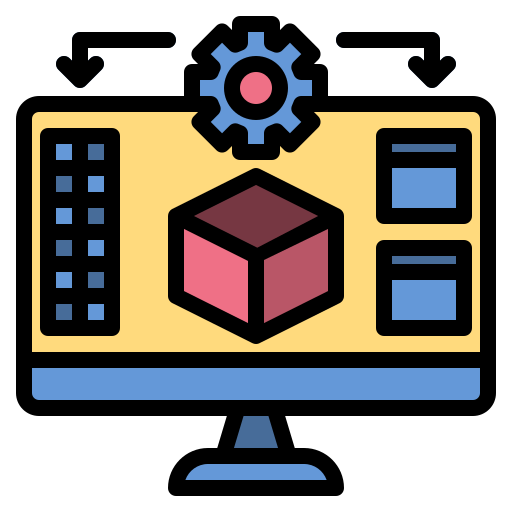3 min to read
3-Tier Architecture and Modern Web Development
Understanding 3-Tier Architecture and Modern Web Development

Overview
Traditional 3-tier architecture divides applications into presentation, application, and data layers. Modern web development has evolved this concept, particularly with cloud technologies.
Traditional 3-Tier Architecture
A structured approach to web development, dividing responsibilities into distinct layers.
1. Presentation Layer (Client Tier)
- User Interface
- Data Presentation
- User Interaction
2. Application Layer (Business Logic Tier)
- Business Logic Processing
- Command Coordination
- Data Processing
3. Data Layer (Data Tier)
- Database Management
- Data Storage
- Data Retrieval
Solid architecture builds resilient systems.
Organize layers for maintainability and scalability.
Modern Web Development
Combining dynamic and static content delivery for optimized performance.
Web Server
- HTTP Request Handling
- Static Content Delivery
- Request Forwarding
Application Server (WAS)
- Business Logic Processing
- Dynamic Content Generation
- Database Interaction
Efficiency comes from modern solutions.
Blending roles enhances flexibility.
📊 Architecture Comparison
| Aspect | Traditional 3-Tier | Modern Web Development |
|---|---|---|
| Separation | Clear boundaries | Blurred lines |
| Web Server | Static only | Static & Dynamic |
| App Server | Dedicated logic | Embedded processing |
| Scalability | Vertical scaling | Microservices & Containers |
| Complexity | Higher | Lower |
| Technologies | Apache, WebLogic | Spring Boot, Node.js |
Content Types
Understanding the difference between static and dynamic content is essential for building optimized web applications.
Static Content
Content that doesn’t change unless manually updated.
| Characteristics | Examples |
|---|---|
| Immutable (unchanging) | HTML Files |
| Fast Delivery | CSS Stylesheets |
| Cacheable | Images (PNG, JPG) |
| Pre-prepared Files | JavaScript Files |
⚡ Static content is ideal for assets that don’t change frequently and need to load quickly.
Dynamic Content
Content that is generated in real-time based on user interactions or server data.
| Characteristics | Examples |
|---|---|
| Mutable (changes over time) | User Profiles |
| Real-time Generation | Dashboards |
| Server Processing Required | Database Query Results |
| Personalized for Users | Real-time Notifications |
Dynamic content is essential for personalized and interactive web experiences.
Key Takeaways
- Static Content offers speed and simplicity, perfect for non-changing resources.
- Dynamic Content provides flexibility and personalization, enhancing user engagement.
- Balanced use of both ensures high performance and rich user interaction.
Build smarter. Optimize your web applications by combining static and dynamic content effectively.
💡 Key Differences: Web Server vs Application Server
| Feature | Web Server | Application Server |
|---|---|---|
| Content Type | Static | Dynamic |
| Processing | Basic HTTP | Complex Business Logic |
| Performance | Faster | More Resource Intensive |
| Scalability | Horizontal | Vertical |
Key Takeaways
- Traditional architecture ensures clear separation of concerns, but may limit flexibility.
- Modern development merges roles for greater performance and scalability.
- Web Servers handle static content efficiently, while Application Servers process business logic dynamically.
Balance structure and flexibility for optimal results.
Build systems that adapt and grow with your needs.


Comments